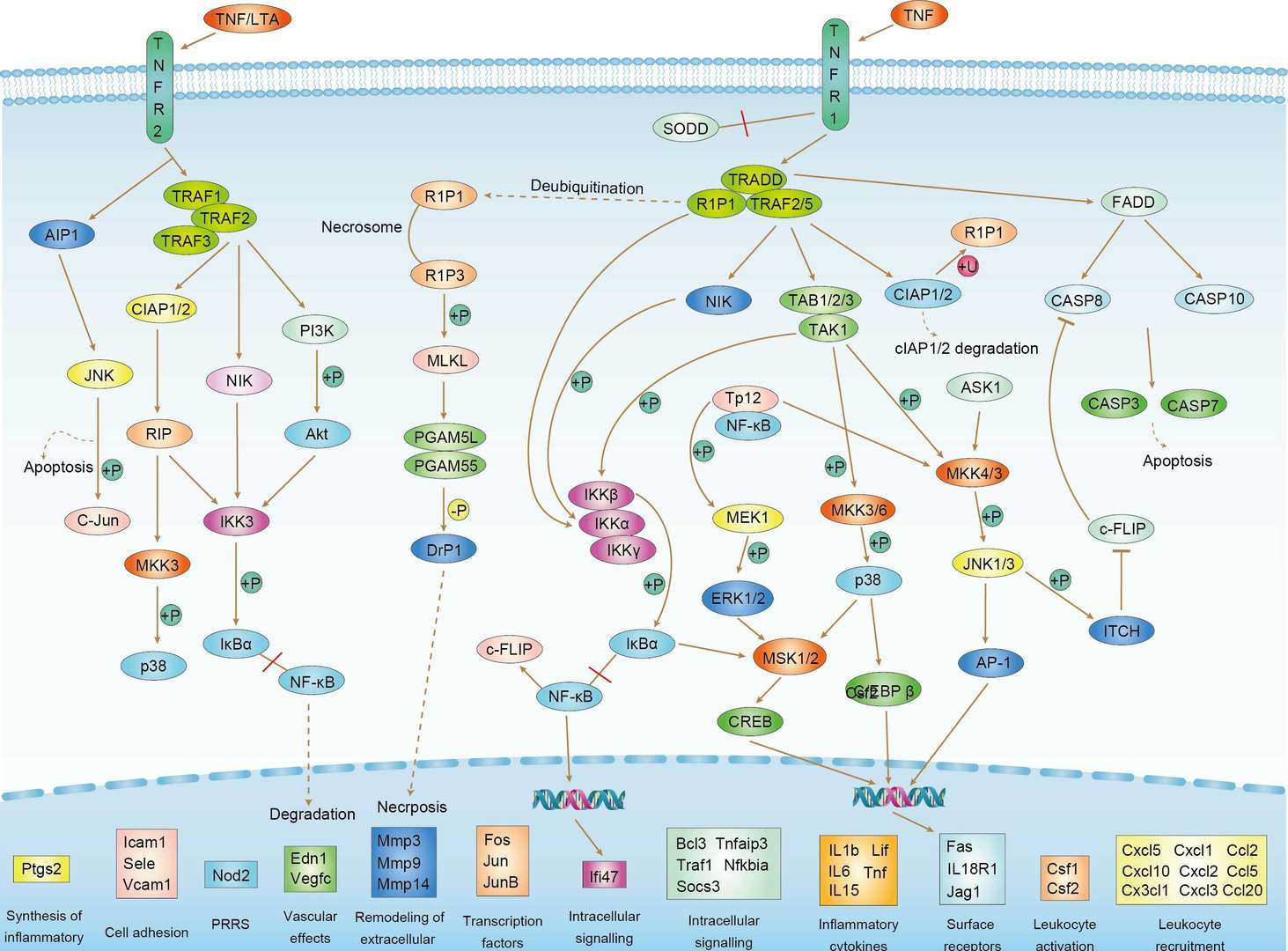 Loading...
Loading...

CASP8
Cancer-related genes, Disease related genes, Enzymes, Human disease related genes, Potential drug targets
Intracellular
Cell type enhanced (NK-cells, dendritic cells, T-cells, Plasma cells)
Low immune cell specificity
Low cell line specificity
Heterotetramer that consists of two anti-parallel arranged heterodimers, each one formed by a 18 kDa (p18) and a 10 kDa (p10) subunit (PubMed:10508784). Interacts with FADD, CFLAR and PEA15 (PubMed:10442631). Interacts with TNFAIP8L2 (By similarity). Interacts with CASP8AP2 (PubMed:16378960). Interacts with RFFL and RNF34; negatively regulate CASP8 through proteasomal degradation (PubMed:15069192). Interacts with NOL3; decreases CASP8 activity in a mitochondria localization- and phosphorylation-dependent manner and this interaction is dissociated by calcium (PubMed:15509781). Interacts with UBR2ca (PubMed:28602583). Interacts with RIPK1 (By similarity). Interacts with stimulated TNFRSF10B; this interaction is followed by CASP8 proteolytic cleavage and activation (PubMed:18846110). Component of the AIM2 PANoptosome complex, a multiprotein complex that drives inflammatory cell death (PANoptosis) (By similarity). [Isoform 9]: Interacts at the endoplasmic reticulum with a complex containing BCAP31, BAP29, BCL2 and/or BCL2L1. (Microbial infection) Interacts with human cytomegalovirus/HHV-5 protein vICA/UL36; this interaction inhibits CASP8 activation. (Microbial infection) Interacts with NleF from pathogenic E.coli. (Microbial infection) Interacts with molluscum contagiosum virus protein MC160. (Microbial infection) Interacts (via RIP homotypic interaction motif) with herpes simplex virus 1/HHV-1 protein RIR1/ICP6 (via RIP homotypic interaction motif); this interaction prevents necroptosis activation. (Microbial infection) Interacts (via RIP homotypic interaction motif) with herpes simplex virus 2/HHV-2 protein RIR1/ICP10 (via RIP homotypic interaction motif); this interaction prevents necroptosis activation.
Hydrolase, Protease, Thiol protease
- Rabbit Anti-CASP8 Recombinant Antibody (clone CBACN-094) (MRO-0245-CN)
-
- Species Reactivity: Human
- Type: Rabbit IgG
- Application: WB, IF, IHC
- Rabbit Anti-CASP8 Recombinant Antibody (clone CBACN-093) (MRO-0244-CN)
-
- Species Reactivity: Human
- Type: Rabbit IgG
- Application: WB, IF, IHC
- Mouse Anti-CASP8 Recombinant Antibody (clone 1H11) (MOB-0330CT)
-
- Species Reactivity: Human
- Type: Mouse IgG1
- Application: WB
-
- Derivation: Mouse
- Species Reactivity: Human
- Type: Mouse IgG1
- Application: WB, ELISA, FC, IHC
-
- Derivation: Phage display library screening
- Species Reactivity: Human
- Type: Rabbit IgG
- Application: FC, IHC-P, IP, WB
- Recombinant Human Anti-CASP8 Soluble TCR (121) (C-Cys) (VS-0622-YF2724)
-
- Species Reactivity: Human
- Epitope: FPSDSWCYF
- MHC: HLA-B*3503
-
- Species Reactivity: Human
- Epitope: FPSDSWCYF
- MHC: HLA-B*3503
- Chicken Anti-Caspase 8 Polyclonal IgY (BRD-0082MZ)
-
- Species Reactivity: Human
- Type: Chicken antibody
- Application: WB
- Recombinant Human Anti-CASP8 Soluble TCR (clone 121) (scTCR-016CQ-S(P))
-
- Species Reactivity: Human
- Epitope: FPSDSWCYF
- MHC: HLA-B*3503
-
- Species Reactivity: Human
- Type: Mouse IgG
- Application: WB
-
- Species Reactivity: Human
- Type: Mouse IgG
- Application: WB
-
- Derivation: Mouse
- Species Reactivity: Human, Mouse, Rat
- Type: Mouse IgG
- Application: ELISA, WB, IHC
-
- Derivation: Rabbit
- Species Reactivity: Human
- Type: Rabbit IgG
- Application: WB, ICC, IF, IHC
-
- Derivation: Mouse
- Species Reactivity: Human, Mouse, Rat
- Type: Mouse IgG
- Application: WB, IHC
- Recombinant Human Anti-CASP8 Soluble TCR (121) (KIH) (VS-0622-YF5432)
-
- Species Reactivity: Human
- Epitope: FPSDSWCYF
- MHC: HLA-B*3503
-
- Species Reactivity: Human, Mouse, Rat
- Type: Mouse IgG
- Application: WB, IF/ICC, IHC-P
Our customer service representatives are available 24 hours a day, from Monday to Sunday. Contact Us
Can't find the products you're looking for? Try to filter in the left sidebar.Filter By Tag
For Research Use Only. Not For Clinical Use.

 TNF Signaling Pathway
TNF Signaling Pathway